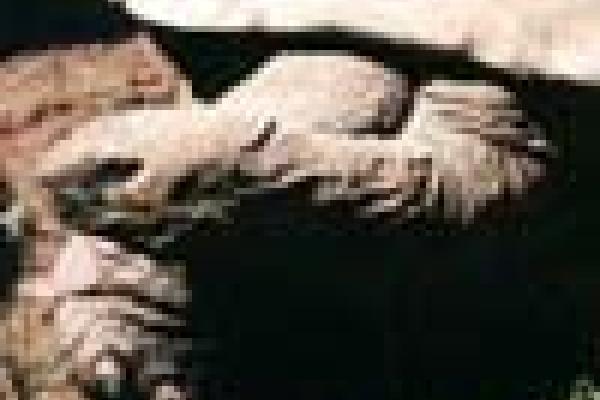Article

Radioactive decay and exponential laws
Arguably, the exponential function crops up more than any other when using mathematics to describe the physical world. In the second of two articles on physical phenomena which obey exponential laws, Ian Garbett discusses radioactive decay.

